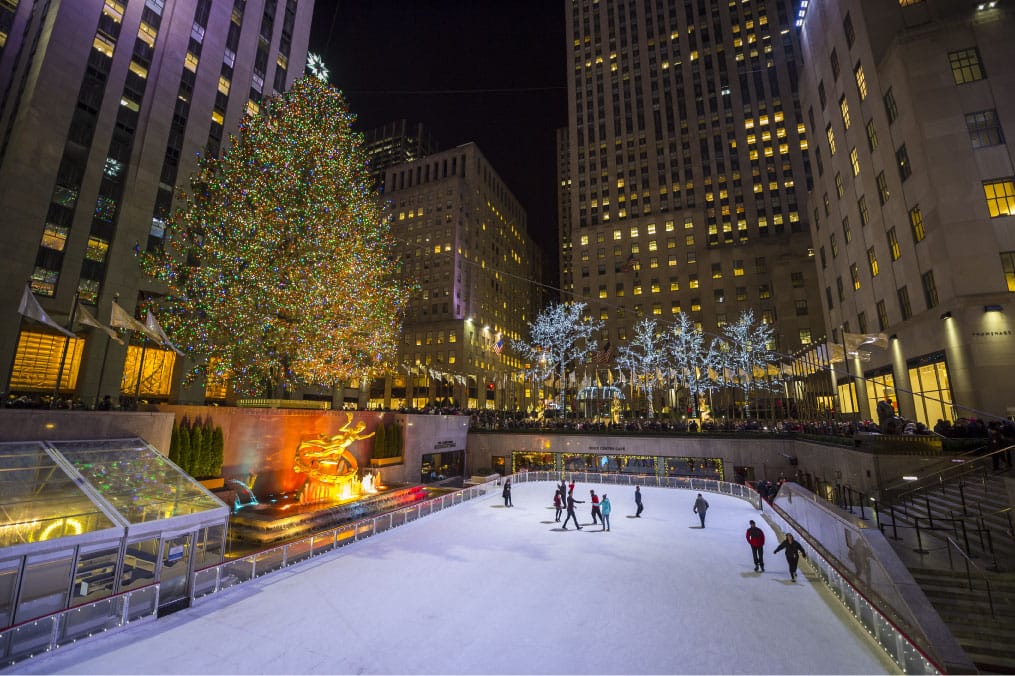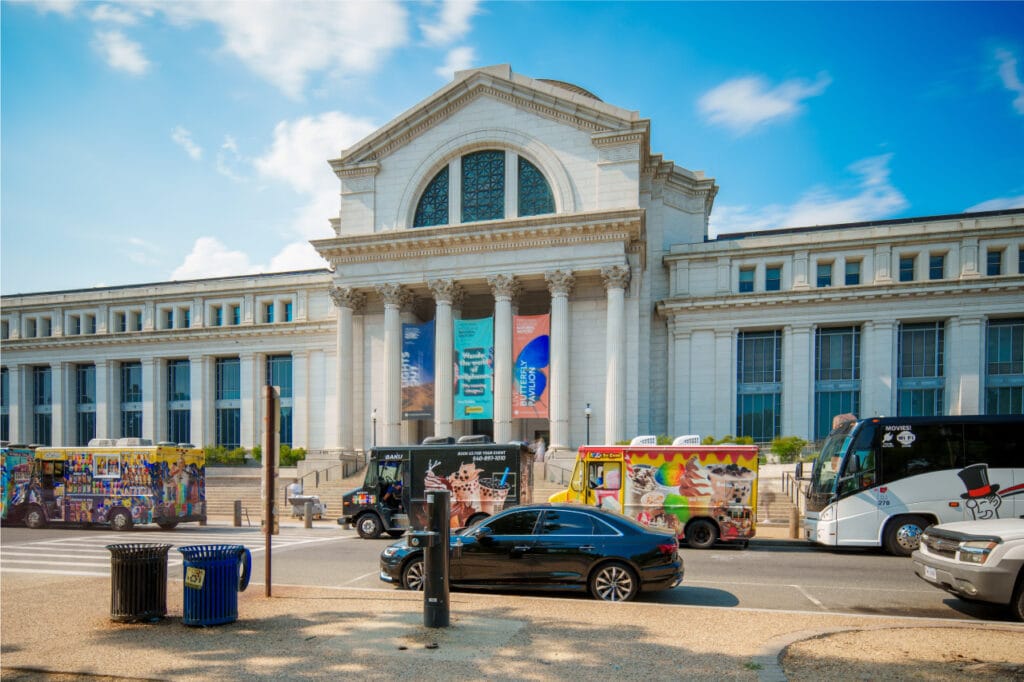Rockefeller Center is one of New York’s most iconic landmarks, celebrated for its remarkable architecture and rich history. Located in the heart of Manhattan, this complex of 19 buildings represents not only an architectural achievement but also a symbol of the city’s cultural and artistic identity. Over the years, Rockefeller Center has become a meeting point for locals and tourists, offering a variety of unique activities and experiences. For those seeking a more immersive experience in the city, the “Big Apple Experience” is a perfect way to explore and learn more about this legendary site. This article delves into the fascinating history and architecture of Rockefeller Center, highlighting its importance to New York’s culture.
A Journey Through Time: The History of Rockefeller Center
The story of Rockefeller Center begins in the 1920s when oil magnate John D. Rockefeller Jr. embarked on a monumental project in Midtown Manhattan. Originally intended as a new home for the New York Opera, the project evolved into a commercial and cultural complex due to the economic challenges of the Great Depression. Construction began in 1931 and was completed in 1939, with the center quickly becoming a beacon of hope and resilience for New Yorkers during difficult times.
Designed by architect Raymond Hood, the Rockefeller Center reflects the Art Deco style, known for its clean lines, geometric forms, and decorative elements. One of the most distinctive architectural features of the complex is its axial alignment, which directs the viewer’s gaze through the central plaza—especially captivating during the holiday season when the plaza becomes a festive focal point.
Notable Architectural Features
The architecture of Rockefeller Center blends functionality with aesthetics. One of its most notable buildings is 30 Rockefeller Plaza, also known as the RCA or GE Building. Standing at 259 meters (850 feet), it was once the tallest building in the world. Its limestone façade and framed glass windows allow natural light to illuminate the interior, creating a bright and welcoming atmosphere.

Another prominent feature is the Prometheus sculpture, a bronze masterpiece located in the central plaza. Created by artist Paul Manship in 1934, this sculpture draws inspiration from Greek mythology, symbolizing human creativity and the light of knowledge. During the holiday season, the surrounding area transforms into a magical winter wonderland, featuring the iconic Rockefeller Christmas Tree, which attracts millions of visitors annually.
A Cultural and Artistic Hub
Beyond its striking architecture, Rockefeller Center is a hub for culture and art. Since its opening, it has hosted numerous events celebrating New York’s diverse cultural landscape. The Radio City Music Hall, located within the complex, is a world-renowned theater famous for its musical and entertainment performances, including the annual Rockettes Christmas Spectacular. Opened in 1932, the theater exemplifies the grandeur of New York’s artistic scene.
The plaza is also home to several works of public art, including murals, frescoes, and sculptures, reflecting the center’s commitment to art. Many of these works were created by renowned artists of the 20th century, contributing to the unique atmosphere that surrounds Rockefeller Center. This fusion of architecture, art, and culture makes the site a must-visit destination for those exploring the city.
The Big Apple Experience
For those eager to immerse themselves in New York’s history and culture, the Big Apple Experience offers an exciting guided tour. This program allows visitors to explore the city’s most iconic landmarks, including Rockefeller Center. Participants learn about the history behind the buildings, sculptures, and traditions that shape New York’s identity. The Big Apple Experience not only provides historical context but also offers visitors a unique and memorable way to enjoy the city.
A Symbol of Hope and Resilience
Throughout its history, Rockefeller Center has witnessed significant events. During World War II, it became a symbol of hope for many New Yorkers. Its enduring architecture has withstood the test of time, seamlessly blending history with modernity. The constant renovations and careful preservation of its original design ensure that Rockefeller Center remains a cornerstone of the city.
The history and architecture of Rockefeller Center are integral to New York’s identity. From its conception to its realization, the complex has symbolized the city’s grandeur and resilience. With its stunning design, rich history, and vibrant culture, Rockefeller is a must-see destination. Whether admiring the Christmas lights, attending a performance at the Radio City Music Hall, or exploring the markets in the plaza, Rockefeller Center offers an experience that captures the essence of the Big Apple.








